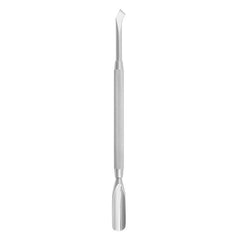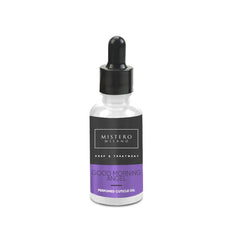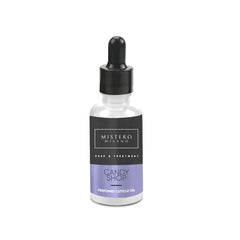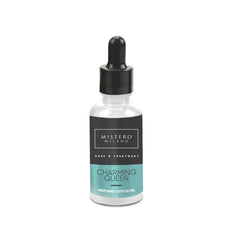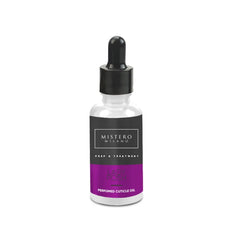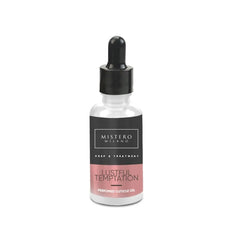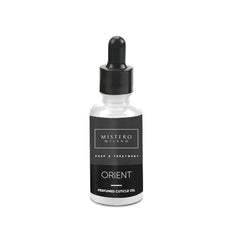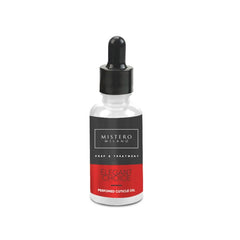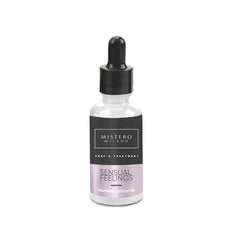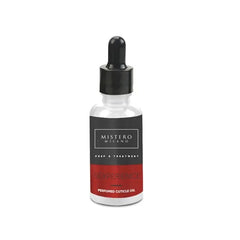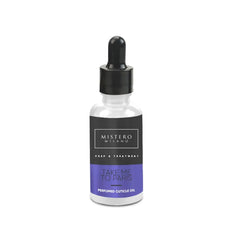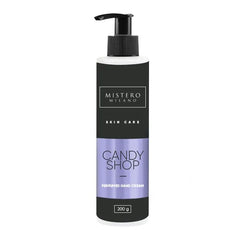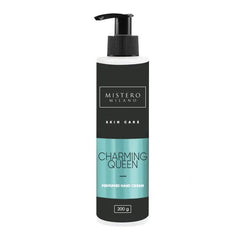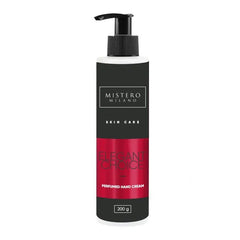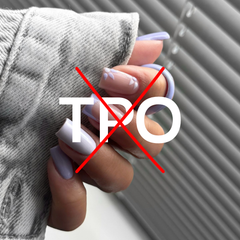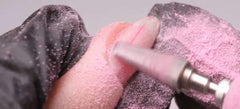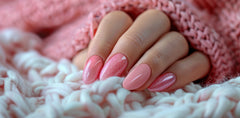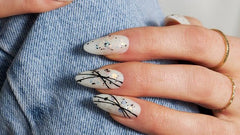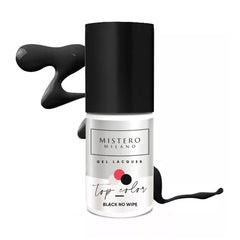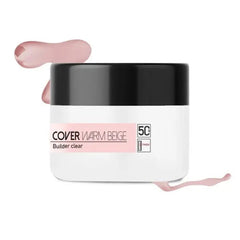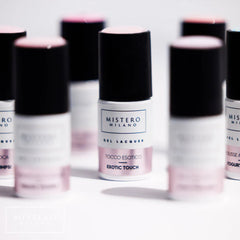Cuticle care
Amber D'Halluin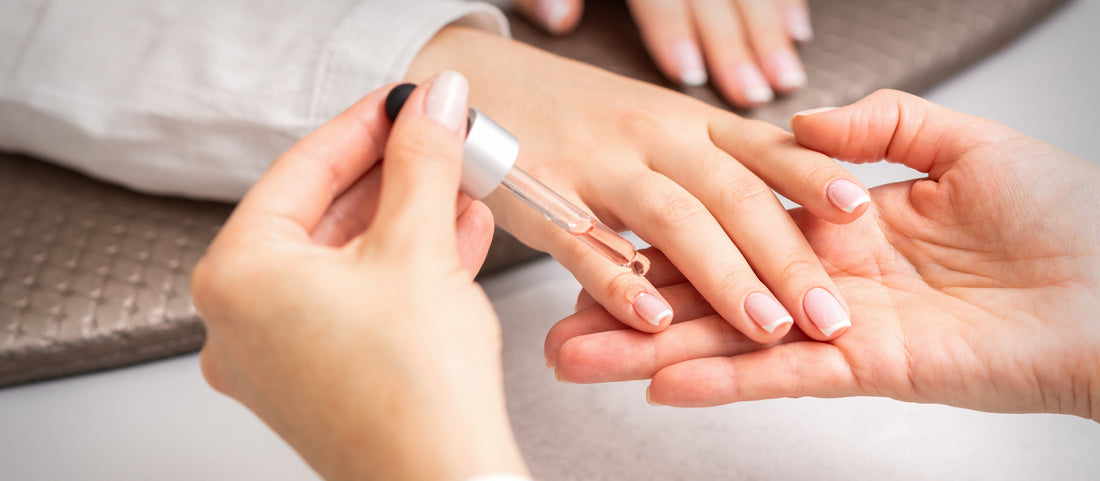
1. What is a cuticle?
The cuticle is a thin, translucent layer of skin that comes from the eponychium and is attached to the nail plate. Although the cuticle itself is a dead tissue, it plays a crucial role in protecting the nail matrix by preventing bacteria and harmful substances from penetrating under the skin.
The nail matrix, also known as the nail root, is responsible for the growth of the nail. It is located under the skin and is not visible. When the nail matrix is damaged, it can lead to abnormalities in the nail plate.
2. Can I cut my cuticles?
There are many misconceptions in the nail world that cuticles should not be cut. However, it is allowed to cut the cuticles, but not the proximal nail fold and eponychium. These are often confused with the cuticle. The proximal nail fold and eponychium are living parts around your nails that provide a good seal, protecting the nail matrix. The cuticle, on the other hand, is dead skin that can be removed without consequences.
3. How to remove your cuticles safely?
There are two different ways to remove your cuticles. The first is by hand, using a cuticle pusher and cuticle nippers. The second method is using a nail drill. It is very important that you are comfortable using a nail drill to avoid damaging the nail matrix.
How can you safely remove your cuticles? Below we explain how you can manually care for your cuticles with a cuticle pusher and a cuticle nippers .
- Step 1: Use the flat side of your cuticle pusher to gently push back your cuticles.
- Step 2: Use a cuticle nipper to gently remove any loose skin.

4. Damaged cuticles
A torn cuticle can occur as a result of dry cuticles or because they remain attached to the nails. Torn cuticles can allow bacteria and fungi to enter and cause a cuticle infection, which can be very painful. Below we discuss common cuticle problems.
4.1 Torn cuticles
4.1.1 What causes torn cuticles?
Dry and cracked cuticles can have several causes including:
- Temperature change
- Exposure to household products (wearing gloves is recommended)
- Lack of proper hand care
- Cuticle and nail biters
- Poorly done manicure
- Vitamin deficiencies
- Skin diseases
- Wash your hands frequently
- Using disinfectants

4.1.2 Healing and prevention of torn cuticles
To prevent nail fold inflammation, it is important to take good care of damaged cuticles. Using a moisturizing hand cream can help prevent torn cuticles. However, it is also important to use daily cuticle oil to apply to prevent dry cuticles.
If you notice that your cuticles are stuck to your nails, gently push them back. Preferably do this after taking a bath or shower, because the cuticles are softer then.
4.2 Nail fold inflammation
4.2.1 What causes nail fold inflammation?
Nail fold inflammation occurs when the skin around the nail is damaged, allowing bacteria and fungi to enter. This can lead to inflammation of the nail fold.
4.2.2 How to recognize a nail fold inflammation?
- Redness and swelling of the skin around the nail.
- The skin becomes warm and painful.
- A feeling of pressure.
4.2.3 The difference between acute and chronic nail fold inflammation
A acute nail fold inflammation can occur in anyone and is usually caused by a bacterial infection. This inflammation develops quickly (within a few hours) and usually only affects the nail fold. There may be several tender blisters and sometimes yellow pus appears under the cuticle, which can lead to the formation of an abscess.
A chronic nail fold inflammation occurs mainly in people who have constantly cold and wet hands, suffer from skin conditions or are diabetic. It is a gradual process that starts in the nail fold and spreads over the entire nail. The nail folds are swollen and often the nail plate comes loose, allowing bacteria to develop under the nail plate.
4.2.4 How do you cure and prevent nail fold inflammation?
If there is pus in the inflammation, a doctor can remove it through a small incision. The inflammation usually heals on its own, especially in mild cases, which disappear within a few days. To support this process, you can soak your fingers or toes in a soda bath.
In chronic nail fold inflammation, antifungal ointment is usually prescribed. In some cases, surgery may be necessary.
5. Keeping cuticles in good condition
When performing household chores or dirty work, it is advisable to wear gloves, this will prevent your cuticles from drying out quickly.
To prevent cuticles from drying out, it is important to apply cuticle oil daily as protection. In addition, you can also use moisturizing hand cream.
It is wise to avoid biting your nails and biting or pulling off loose skin.



